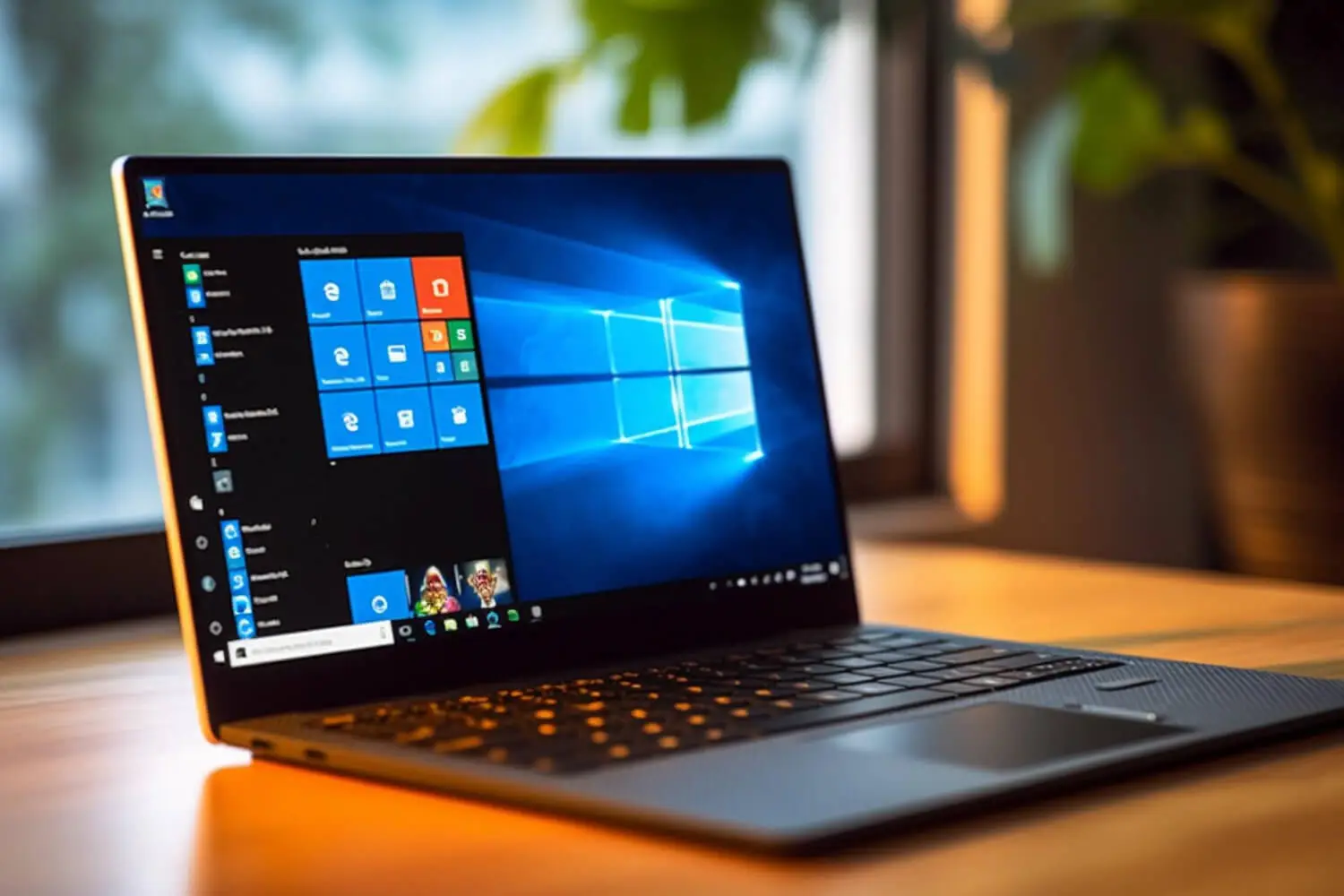
Having the right display brightness is essential for a comfortable and productive Windows 11 experience. Brightness that’s too low strains your eyes, while too bright causes glare. Thankfully, Windows 11 provides various ways to tweak screen brightness to suit your needs. In this guide, we’ll cover the 9 best methods to adjust display brightness on Windows 11.
1. Use the Brightness Slider in Quick Settings
The fastest way to change brightness in Windows 11 is via the new Quick Settings panel. Click the brightness icon in the bottom right corner of the taskbar to expand Quick Settings. Here you will find a brightness slider you can drag left or right to decrease or increase brightness respectively.
This slider provides granular control over brightness in increments of 1%. You can also click the brightness icon itself to toggle between 100% and lower brightness. The Quick Settings brightness slider is ideal for quick adjustments without opening System Settings.
2. Change Brightness in System Settings
For more display options, open System Settings and go to the Display tab. Under the Brightness & Color section click ‘Change brightness level’ to open a larger brightness slider. This provides the same functionality as Quick Settings but in an expanded view. There are also options here to enable adaptive brightness and Night light mode.
System Settings provides the most control over display brightness in Windows 11. If Quick Settings isn’t working or you need finer tuning, the Display settings brightness slider should be your go-to option.
3. Use Keyboard Shortcuts
Windows 11 lets you increase, decrease, and cycle brightness using convenient keyboard shortcuts. These shortcuts work on both laptops and desktops:
- Increase brightness: Press Alt + Page Up
- Decrease brightness: Press Alt + Page Down
- Restore default brightness: Press Alt + Home
Keyboard shortcuts provide quick access to brightness controls without moving your hands from the typing position. Just remember the Page Up, Page Down, and Home keys adjust the brightness up, down, and default respectively.
4. Change Brightness in Battery Settings
Windows 11 ties display brightness to battery usage on laptops and tablets. Lower brightness extends battery life, while higher brightness provides better image quality at the cost of faster battery drain.
To manage this balance, open System Settings > Power & battery > Power mode settings. From here you can set different brightness levels for battery versus plugged in usage. Enable “Adaptive brightness” to automatically adjust brightness based on ambient light levels.
Managing brightness through Battery Settings is crucial for optimizing battery life on portables when away from AC power. It also lets you have different brightness preferences when plugged in versus on battery.
5. Adjust Brightness for Individual Monitors
For multi-monitor setups, Windows 11 allows custom brightness tuning for each connected display. Open Advanced display settings from the Display page of System Settings. From here click on your individual monitors to adjust brightness and contrast levels for that display only.
This per-monitor brightness tuning prevents you from having to compromise settings between differently calibrated displays. For example, you can set a high brightness for your main monitor while keeping a secondary monitor dimmer for peripheral viewing.
6. Change Brightness in Display Adapter Software
For the most robust display controls, use the software provided by your display adapter manufacturer such as Intel, Nvidia, or AMD. For example, the Intel Graphics Command Center and Nvidia Control Panel include granular brightness sliders and settings.
Graphics adapter software can override Windows display settings and often provides the most advanced calibration options. Features may include custom keyboard shortcuts, adaptive contrast, RGB color controls, and advanced multiple monitor management.
7. Use Third Party Tools
If the built-in Windows 11 options don’t meet your brightness adjustment needs, consider using third party software. Tools like ClickMonitorDDC, Monitorian, and Dual Monitor Brightness let you fine tune brightness in ways the OS doesn’t allow.
For example, these tools can set brightness in smaller increments or even allow brightness changes during full screen applications and games. Paid tools like DisplayFusion have even more customization for multi-monitor brightness needs.
8. Change Screen Brightness from BIOS
For system-wide brightness adjustments, you can change display backlight settings directly from your Computer’s BIOS/UEFI firmware settings during boot. The relevant settings are usually found under Configuration > Video Settings.
Changing brightness from BIOS means the setting takes effect at a hardware level, before Windows boots. This ensures a consistent brightness level regardless of OS or software. Just be careful not to set the backlight too low or the display may appear completely black!
9. Use Monitor Hardware Controls
Finally, most external monitors come with manual brightness and contrast dials or buttons to adjust the backlight and picture. If you routinely need different brightness settings, use the monitor’s onboard controls to quickly switch between brightness presets.
The benefit of monitor controls is they work independently of software for reliable hardware-level adjustments. Turning down monitor brightness also extends the backlight lifespan. Just keep the monitor manual nearby so you can locate the specific brightness buttons!
Conclusion
So those are 9 of the best ways to tweak and adjust display brightness in Windows 11 for laptops, desktops, and multiple monitors! Let us know in the comments if you have any other handy brightness tweaking methods. And be sure to optimize brightness responsibly – keeping your displays vibrant but easy on the eyes for a comfortable viewing experience. Enjoy your fine-tuned brightness on Windows 11!




